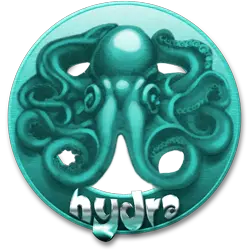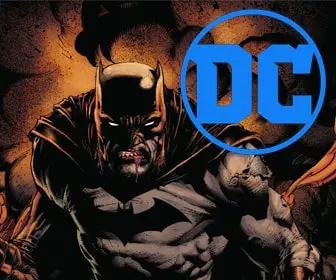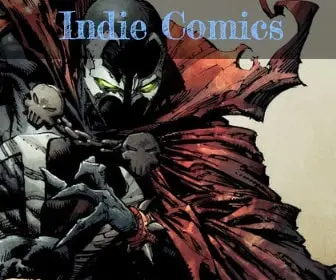
The Rise of Underground Comics in the 1960s
The Underground Comics Movement of the 1960s
In the 1960s, comic books began to change. A new style of storytelling emerged, called underground comics or “comix.” These comics broke the rules of traditional publishing and explored ideas that mainstream comics avoided. The underground comics movement started as a way for artists to express themselves freely, without restrictions.
What Are Underground Comics?
Underground comics were small, independent publications. Artists and writers created them to share stories that big comic companies, like Marvel and DC, would not publish. These comics often tackled topics like politics, social issues, and personal experiences. They also included humor, satire, and experimental art styles. Many underground comics were aimed at adults rather than kids.
How Did It Start?
The underground comics movement began in the mid-1960s during a time of cultural change. The Civil Rights Movement, the Vietnam War, and the rise of counterculture inspired people to question authority and tradition. Artists wanted to create work that reflected this shift. Underground newspapers, which were already covering alternative topics, often included comics. Soon, artists decided to publish entire comic books on their own.
One of the first major underground comics was Zap Comix, created by Robert Crumb in 1968. His work became a symbol of the movement, showing how comics could be bold and uncensored. Other artists, like Gilbert Shelton and Spain Rodriguez, followed his lead, creating comics that challenged mainstream ideas.
Where Did People Find These Comics?
You wouldn’t find underground comics in regular stores. Instead, people bought them at head shops, record stores, or even on college campuses. Head shops, which sold items related to counterculture, became popular places to discover underground comics. Fans also shared comics with friends, spreading them through word of mouth.
What Made Underground Comics Unique?
Underground comics stood out because they broke away from the Comics Code Authority. The Comics Code, a set of strict rules created in the 1950s, controlled what could appear in mainstream comics. For example, the Code banned violence, bad language, and topics like drug use. Underground comics ignored these rules completely.
The creators of underground comics believed in freedom of speech. They used their work to explore taboo topics, criticize the government, and make fun of society. Their comics often featured exaggerated, surreal art and raw, honest storytelling. Readers loved the way these comics felt fresh and rebellious.
The Impact of Underground Comics
The underground comics movement did not last forever. By the late 1970s, many head shops had closed, and new publishing opportunities emerged. However, the movement left a lasting mark on the world of comics. It showed that comics could be more than just entertainment for kids. They could also be a powerful form of art and storytelling.
Underground comics inspired the rise of independent publishers and graphic novels. Today, creators continue to push boundaries, thanks to the bold work of the underground comics movement. These comics proved that sometimes, breaking the rules leads to great innovation.
Denouement
The underground comics movement of the 1960s changed how people viewed comics. It opened doors for new ideas and creative freedom. By stepping outside the mainstream, underground comics paved the way for a more diverse and exciting future in storytelling.











